Do you know the working force behind supplying and eliminating water in houses and buildings? Or do you have an idea how the ventilation, heating, and air conditioning systems work? All these pivotal functions are achieved because of pipelines.
Through this efficient structure of pipes, water and energy are efficiently distributed across the household and commercial facilities. Accordingly, there are many types of plumbing pipes in the market, although when it comes to the most common pipe material, this can be subjective.
Therefore, we have gathered all the best options to help in your decision-making. More so, we have categorized them according to their major components―metal and plastic―as well as including their key features for easy reference.
Most Common Pipe Materials
In terms of cost and convenience, most property owners and plumbers would choose metal piping options. On top of that high-quality metal-based pipes are widely recognized because of their durability, which lasts for many years.
So, if you’re interested in something that would work for decades, check out our list below and pick the most suitable option base on your needs.
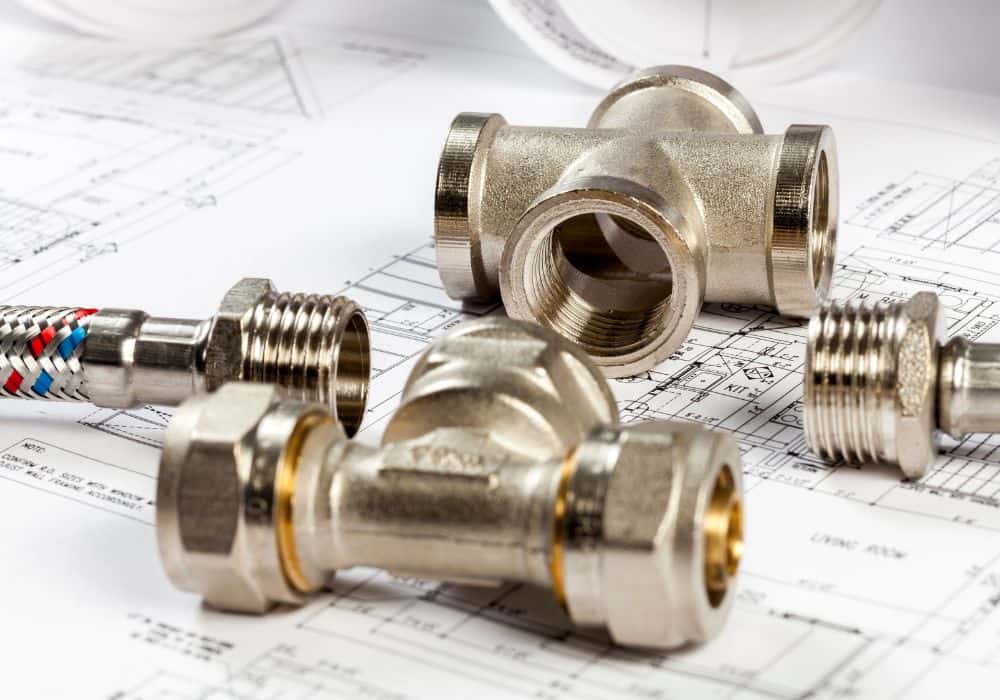
1. Copper
Plumbing materials have constantly evolved to keep up with the preferences of users. Despite the changes, there’s one traditional pipe class that continues to be valuable in the plumbing industry. And one of the highly acknowledged types of pipes is no other than copper.
Durability is a major feature that makes copper stand out from other pipe components. It ensures that there are no leaks or even corrosion in the plumbing systems. More so, it does not pollute water, guaranteeing top-notch sanitation in the household.
In addition, copper is heat-resistant, which means it is apt for water supply piping. Given its durability, it can handle both hot water and cold water.
On the other hand, copper is pricey compared to other pipe materials. Plus, there may be extra soldering or additional fittings, depending on the setup. And since copper is quite valuable, it is more prone to stealing.
2. Brass
Before copper pipe became the standard in the plumbing business, brass was widely used for pipelines. Red brass, in particular, is the most popular because of its high copper content. Aside from that, brass is known for its sturdiness and resistance to corrosion and even heat.
Despite the similarities in their physical properties, the two renowned pipe materials have certain differences. Compared to copper, brass highlights a softer composition, allowing it to provide easy yet tight seals.
Brass can also be riskier because of the possible lead contamination, which may cause problems in your health. Thus, it is required to thoroughly check that the alloy does not contain this harmful chemical element. And although brass is a durable piping material, it may not be as long-lasting as copper.
3. Cast Iron
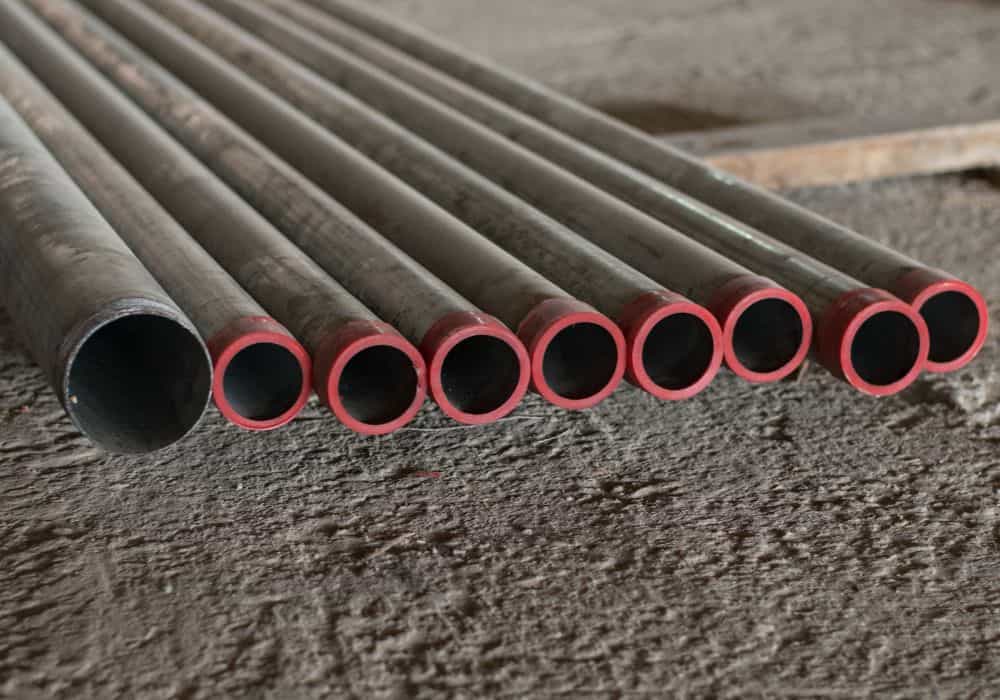
Moving forward, we have cast iron, a heavy and sturdy metal pipe that is recognized for its rough and speckled features. It is actually the strongest in terms of physical characteristics, hence generally used for waste lines and drainage with high water pressure.
Its sturdy properties ensure the effective extraction of waste. Plus, it deadens the unpleasant, flowing sound from sewer pipes. But also because of its robust components, cutting this kind of pipe may be a challenge. It requires a strong and sharp cutting tool to divide the pipes accordingly.
Additionally, cast iron pipes are susceptible to corrosion and rust accumulation. Therefore, it’s no longer that widespread in most residential plumbing and commercial constructions. Still, it remains to be a durable option in today’s major water distribution systems.
4. Chromed Copper / Brass
Chromed tubes are primarily copper or brass pipes with a chrome finish. To better distinguish the two, let’s discuss their core features, starting with chromed copper. A chromed copper tube is often wielded to water supply lines that are exposed like supply tubing for a pedestal sink or a toilet.
Meanwhile, chromed brass can be used for P-traps and other drains that need appealing exteriors. It also has a bigger diameter than the copper variant. In a nutshell, chromed pipes are suitable for exposed water distribution systems and drain traps where physical appearance is important.
And if you’re wondering what chromed materials look like, well, these have a vivid and shiny appearance. As to the cutting aspect, chromed pipes are easily cut out using a hacksaw. If don’t have one, cutting it may definitely be a challenging feat.
5. Galvanized steel
This silvery gray metal pipe was very popular in the past. It was often used in many traditional homes for their drain lines and water supply systems. Unfortunately, its fame has been overpowered by its negative properties, which include relevant rust acquisition from its zinc coating.
As a result, many residential constructions steer clear of galvanized steel for sanitation purposes. There’s also a high possibility of clogging over time due to corroded pipes. Not only that but this particular pipe material is hard to cut and fit.
A hacksaw or a reciprocating saw is a must to slice through the surface. Thus, it’s not a favorite among homeowners who would DIY their water system repairs or even plumbers plotting a new pipe construction.
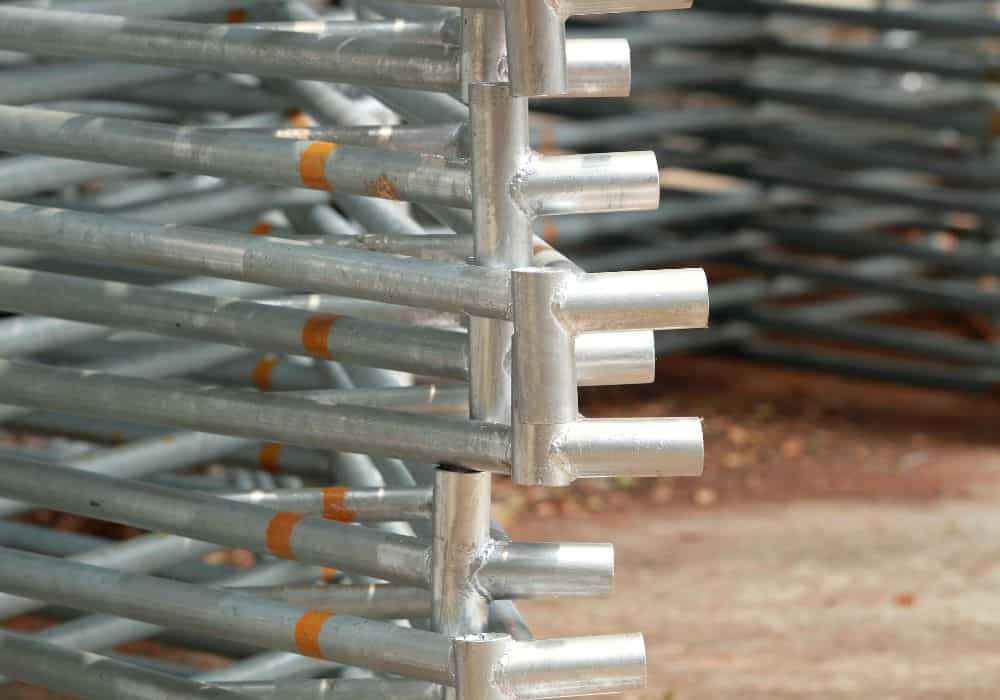
6. Stainless Steel
Another durable option is steel piping, which is greatly used in coastal cities that are more likely to experience corrosion. Stainless steel piping takes pride in being corrosion-resistant, making it popular in many piping systems.
However, if constantly bared to chemicals, heat, moisture, and other factors for a prolonged time, then you can’t expect stainless steel not to rust. Aside from being sturdy, stainless steel may also be manufactured either firm or flexible. Its flexibility factor elevates its popularity among homeowners.
Plus, stainless steel pipes generally come in various sizes. Henceforth, you have the freedom to pick the perfect length without doing the hard labor of cutting the pipes on your own. However, the downside of this pipe material stems from its pricey cost.
7. Lead
Lead pipes were prevalent back in the day but were cut short during the 1950s. One of the primary reasons is because of possible lead contamination from its physical components. Lead poisoning is very dangerous as it causes reproductive health concerns and even cognitive problems.
And despite being less hazardous when it comes to lead drain piping, many no longer used this as part of their plumbing systems. Therefore, if you have lead pipes at home, it’s better to check them for repairs. Moreover, it’s best to get them replaced to avoid health issues in the long run.
Why plastic-based pipes are recommended?
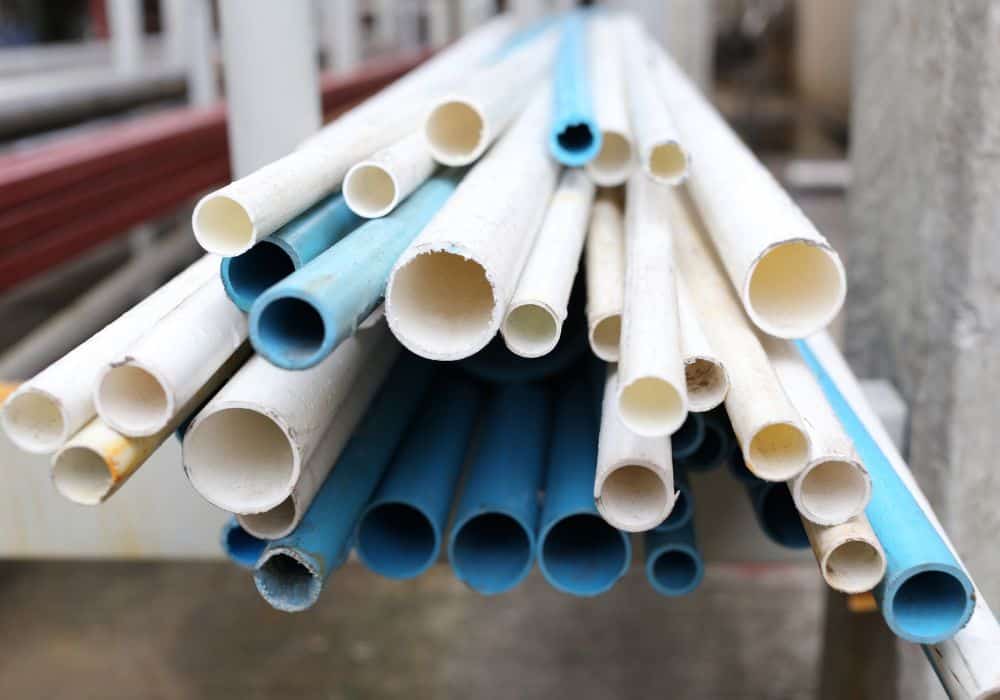
Along with metal tubes, there has been a steady surge in popularity among plastic pipes. Thus, important that you know the most in-demand plastic-based tubes that you may maximize in your household.
1. PVC
PVC, or polyvinyl chloride, is no doubt one of the most recommended pipe materials. In fact, it’s considered a standard in terms of the waste line system, along with copper. Hence, you can find this material in most sinks, shower drain lines, and toilets.
Furthermore, PVC pipes can smoothly handle highly-pressurized water despite having a lighter weight compared to metal ones. It also does not corrode or even acquire rust. And if you need repairs, you won’t have to worry because these are readily available at a fair price.
All these amazing properties make PVC a staple in plumbing systems, specifically vent pipes, sanitary waste structures, and drain traps. Perhaps, the only major downside would be its incapacity to endure hot water. Therefore, it’s not the most suited choice if you’ve got hot showers.
2. CPVC
Did you know that many now opt for CPVC? One of the main reasons includes better corrosion and fire resistance as well as more effective temperature performance. If you’re contemplating what CPVC stands for, it actually means Chlorinated Polyvinyl Chloride.
The addition of chlorine makes the pipeline apt for drinking water. Similar to PVC, this one can also withstand high water pressure.
Contrary to metal tubes, CPVC pipes are much easier to cut and fit. These can be smoothly connected using solvent glue or even plastic fillings. Moreover, the tubes can be linked and disassembled by adding grip fittings with no trouble.
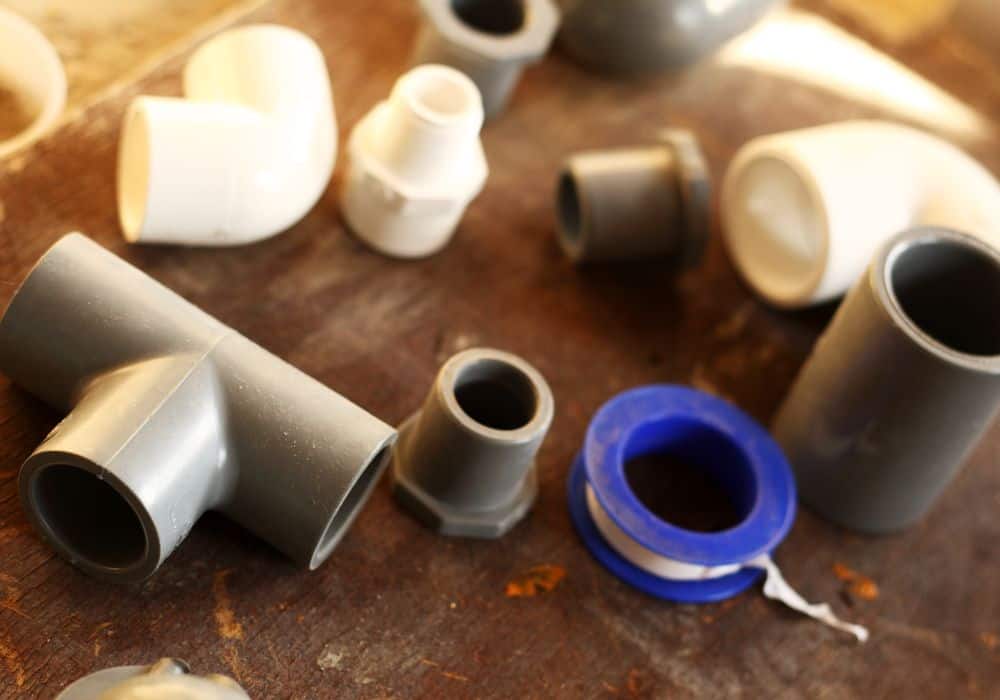
3. ABS
ABS refers to Acrylonitrile Butadiene Styrene. This is quite similar to PVC, but with some downsides such as less flexibility and more susceptibility to dilapidation.
Consequently, more homeowners now prefer PVC to ABS pipes to save money and time. On the bright side, this can still be a remarkable choice, especially for underground pipes and plumbing waste lines where strong tubes are crucial.
4. PEX
PEX stands for cross-linked polyethylene, which is a well-known plastic tubing used for water supply systems. Just like PVC pipes, PEX pipes do not accumulate rust or get corroded because of water leakage.
In the same way, these plastic pipes can handle highly pressurized water supply. And due to its physical properties, PEX can smoothly sidle through existing tubes, hence a perfect choice for re-piping as well as retrofitting.
Conclusion
Now that you are adept with the most common pipeline materials, it’s time to trim down your choices and select base on your preferences. And if you have questions, feel free to comment down below and we will extend help as needed.
